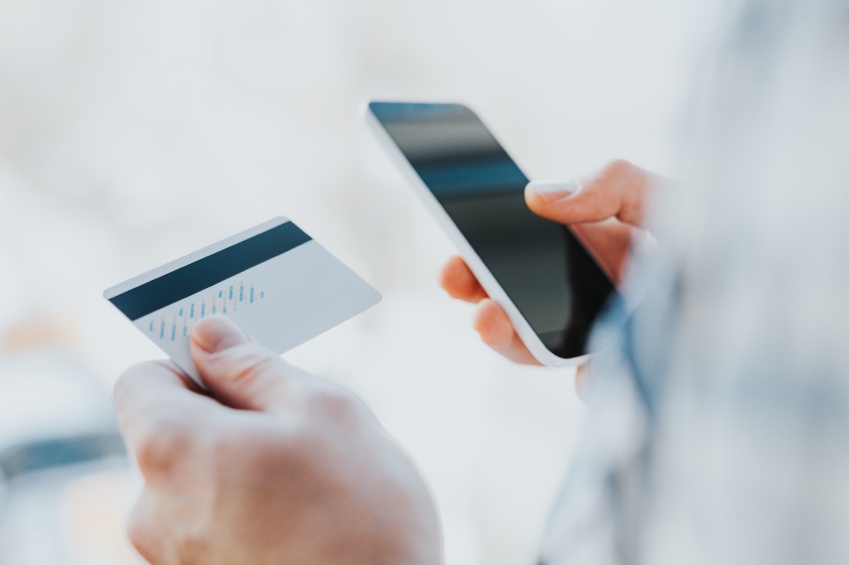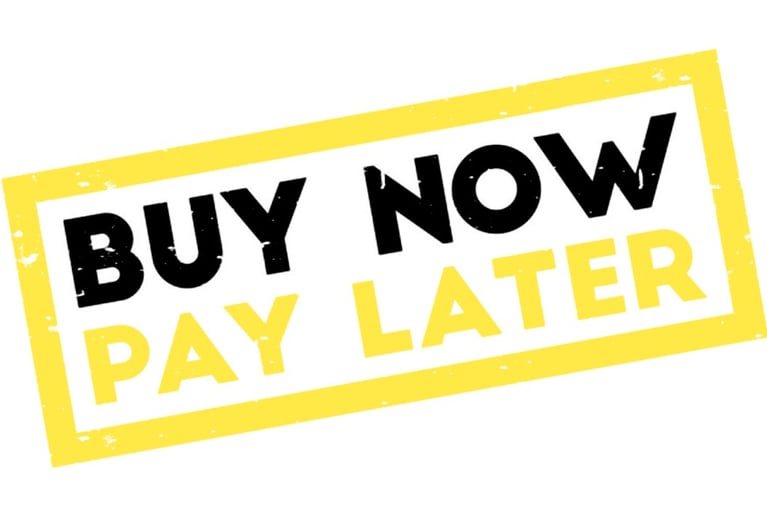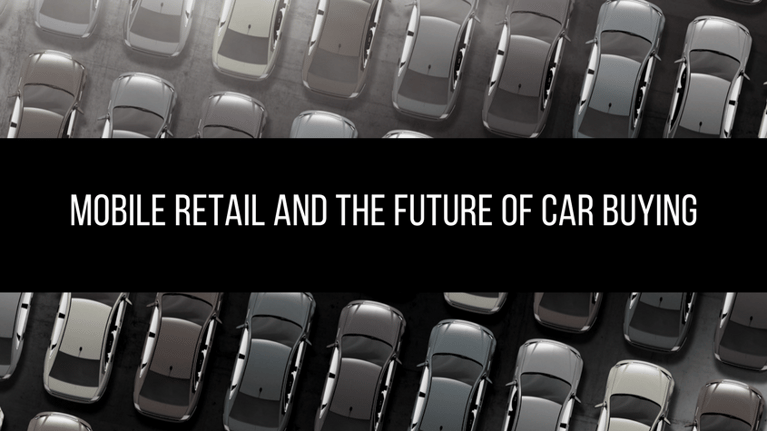5 Survey Insights Highlight the Gaps – and Opportunities – for Mobile Payments
May 13, 2016 / By Vanessa Horwell
In a recent survey about the state of mobile payments in 2016, a few curiously interesting tidbits emerge:
- almost 60% of bank, credit union and finance professionals around the world said consumer adoption of mobile payments had occurred as fast as or faster than they expected
- yet 24% of financial institutions – almost 1 in 4 –do not offer mobile banking to their customers, and of those, 19% say they have no plans to do so
The obvious question, of course, is whether those financial institutions will still be in business several years from now, given the pace at which the banking industry is investing in, testing and rolling out new mobile apps and mobile transaction capabilities. Much of the impetus, of course is driven by technology innovators who are pushing the boundaries of mobility and consumers who are increasingly eager to test it out and use it.
In some European countries, the move toward "cashless" has begun or already taken hold. Some retailers no longer accept bills/coins as payment, insisting insist that their customers pay with a card or mobile wallet.
The recently published "2016 Mobile Payments State of the Industry" executive brief by Mobile Payments Today includes several data points from a 2015 survey about how far mobile transactions, activities and payments have evolved – and how far they still have to go until they become routine.
- Among UK consumers, 58% use mobile phones to make online purchases, primarily via debit card (51%), PayPal (49%), credit card (34%), bank account (14%), carrier billing (2%) and other/none (33%).
- About 17% of UK consumers have used a mobile wallet (PayPal, Google Wallet, Apple Pay, Softcard) to purchase an item in a store.
- Among U.S. consumers, 50% rely on iPhones (up from 11% in 2011), 46% rely on Androids (up from 18% in 2011) and 2% on a Blackberry (down from 9% in 2011). (Note: what's truly interesting about that is the realization that consumers still use Blackberry devices at all. Who are they? And why?)
- 95% of U.S. consumers use mobile phones to access the Internet (vs. 65% in 2012)
- Among 24% of financial institutions that are not mobile-ready, 19% have no plans to offer mobile banking at all, 38% do not have a specific time frame for offering mobile banking, and 45% intend to roll out mobile banking within 6 months to two years.
Consumers and innovators, it seems, are leading the charge toward mobile payments – more willing than some banks and financial institutions to follow the evolution toward a "mobile-first" marketplace for shopping, purchasing and banking.
Here's hoping Mobile Payments Today updates its survey results in about five years, not only to find out how consumer patterns have changed, but also to find out how those "wait-and-see" banks are faring.
Sign up for our insights on the convergence of business and PR





